
Most cat owners have experienced hairballs at one time or another. Vomiting an occasional hairball is normal for most cats. However, if the vomiting is persistent or frequent, it may indicate a more serious health issue.
Hairballs are long cylindrical masses of hair which form in the stomach and are regurgitated by the affected cat.
All cats groom by licking themselves. While doing so, they swallow hair. The feline tongue is actually barbed so that it functions as a miniature comb removing loose hair. Normally, the ingested hair passes through the intestinal tract and is passed through the feces. When hair accumulates in the stomach, your cat may vomit or regurgitate the hairball instead.
Diagnosis of hairballs starts with seeing the hairball itself (i.e. a long cylindrical mass of hair which the cat has regurgitated). Occasional hairballs are normal for most cats and may require not additional diagnostics. However, if hairballs are seen frequently, or if vomiting or coughing occurs without the presence of hairballs, additional diagnostics may be necessary.
Routine blood screens that consist of a complete blood cell count, a blood chemistry profile and perhaps a thyroid screening test may be recommended. The complete blood cell count looks at the red blood cell and white blood cell counts and morphology. A blood chemistry profile evaluates kidney and liver function as well as measuring serum electrolytes (such as sodium, calcium and phosphorus), blood protein levels and blood glucose (sugar) levels. A total T4 test evaluates thyroid function. A urinalysis may be collected to further evaluate kidney and lower urinary tract function. Fecal examinations are normally also performed checking for intestinal parasites.
Depending on the results of these tests, other diagnostic tests may be recommended. Abdominal radiographs (X-rays) and/or an abdominal ultrasound may be advisable. In some cases, an endoscopic examination of the intestinal tract may be in order.
There are a number of cat hairball remedies that are available. Most of them are petroleum based and essentially attempt to lubricate the hairball, making it easier for your cat to pass it through the intestinal tract. These work in some instances although not in all cases. Some veterinarians, however, consider these products to be more harmful than beneficial.
There are also a number of commercial cat foods that are marketed to help prevent and/or control hairballs. Most of these diets feature a high volume of fiber and work on the assumption that the fiber helps keep the gastrointestinal tract moving normally. These may work for some cats but are not effective in all cases.
More recently, many veterinarians (and cat owners) have come to believe that a grain-free diet may be more appropriate for cats that vomit frequently. The theory behind this feeding strategy is that cats did not evolve to eat grains. They are obligate carnivores and their “natural” diet consists of a high protein level and low carbohydrate level. Grain-based foods tend to be higher in carbohydrates, leading to changes in the flora (i.e. bacteria) of the cat’s intestinal tract. These changes may change the motility in the intestinal tract and contribute to the inability to be able to pass hair normally through the intestinal tract.
If other underlying disease such as parasites, inflammatory bowel disease, or bacterial overgrowth is diagnosed, appropriate treatment should be instituted.
Grooming your cat is one of the best things you can do to prevent your cat from getting hairballs. Regular brushing and/or combing removes much of your cat’s loose hair before it can be ingested thus limiting the amount of hair that your cat swallows. In turn, less hair ingested means fewer hairballs being produced.
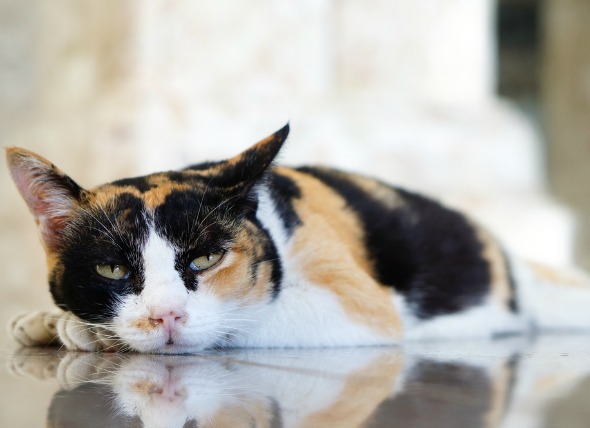 Low Blood Potassium in Cats
Hypokalemia in Cats
A cat with abnormally low con
Low Blood Potassium in Cats
Hypokalemia in Cats
A cat with abnormally low con
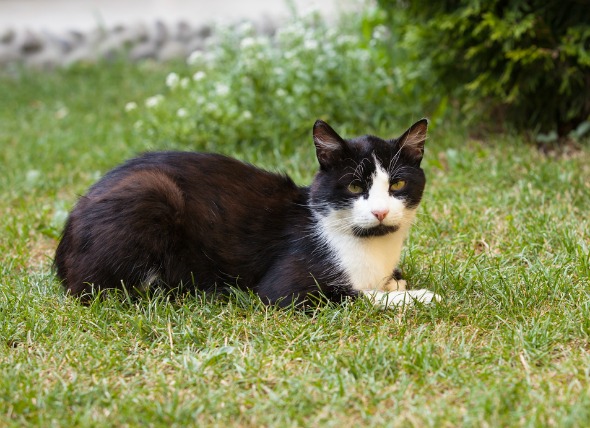 Stomach Worm Infection (Physalopterosis) in Cats
Physalopterosis in Cats
Physalopterosis is caused
Stomach Worm Infection (Physalopterosis) in Cats
Physalopterosis in Cats
Physalopterosis is caused
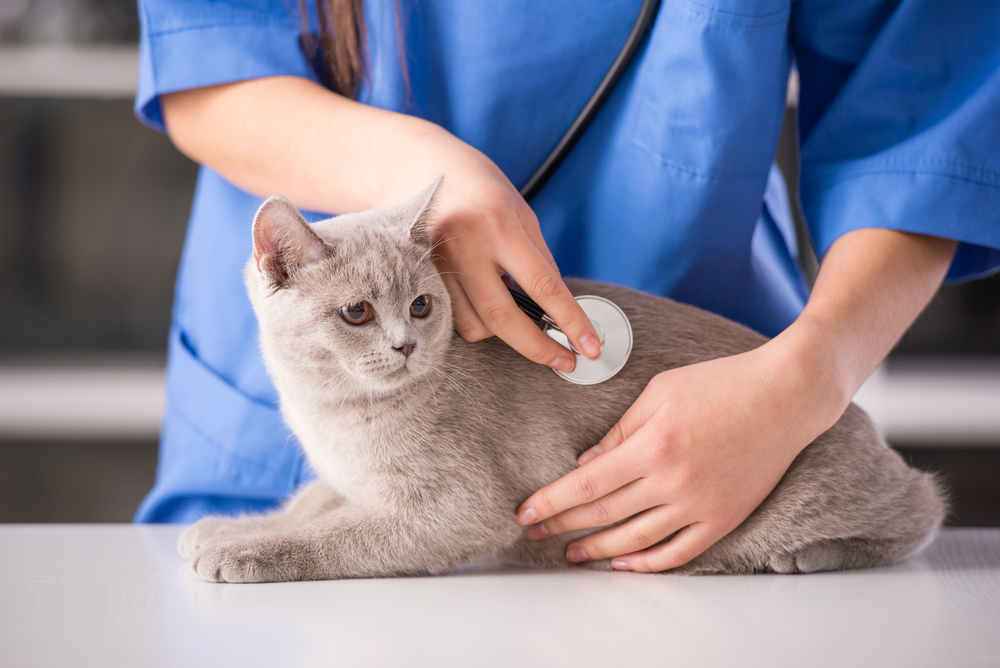 False Pregnancy in Female Cats
Pseudo-pregnancy in Female Cats
A hormonal imbala
False Pregnancy in Female Cats
Pseudo-pregnancy in Female Cats
A hormonal imbala
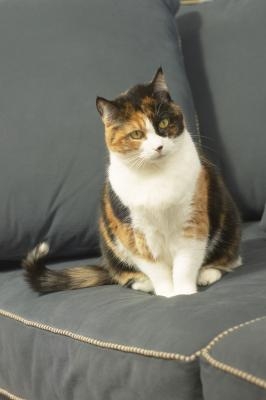 Why Do Cats Knead the Blankets Before Going to Sleep?
Why Do Cats Knead the Blankets Before Going to
Why Do Cats Knead the Blankets Before Going to Sleep?
Why Do Cats Knead the Blankets Before Going to
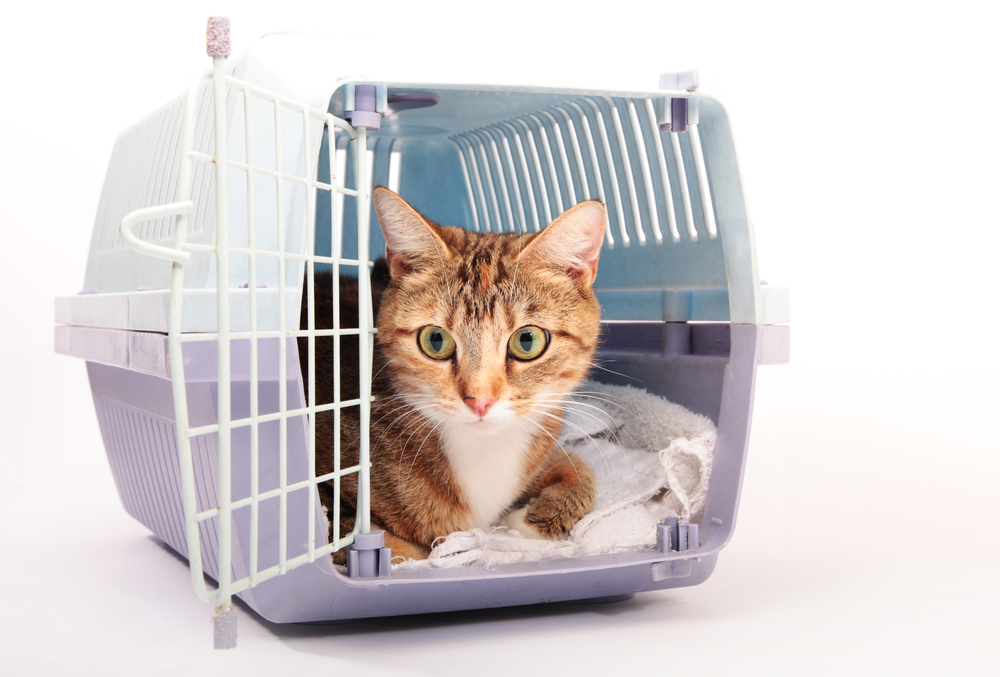 Nerve Sheath Tumor in Cats
Schwannoma in Cats
Schwannomas are tumors that or
Nerve Sheath Tumor in Cats
Schwannoma in Cats
Schwannomas are tumors that or
Copyright © 2005-2016 Pet Information All Rights Reserved
Contact us: www162date@outlook.com